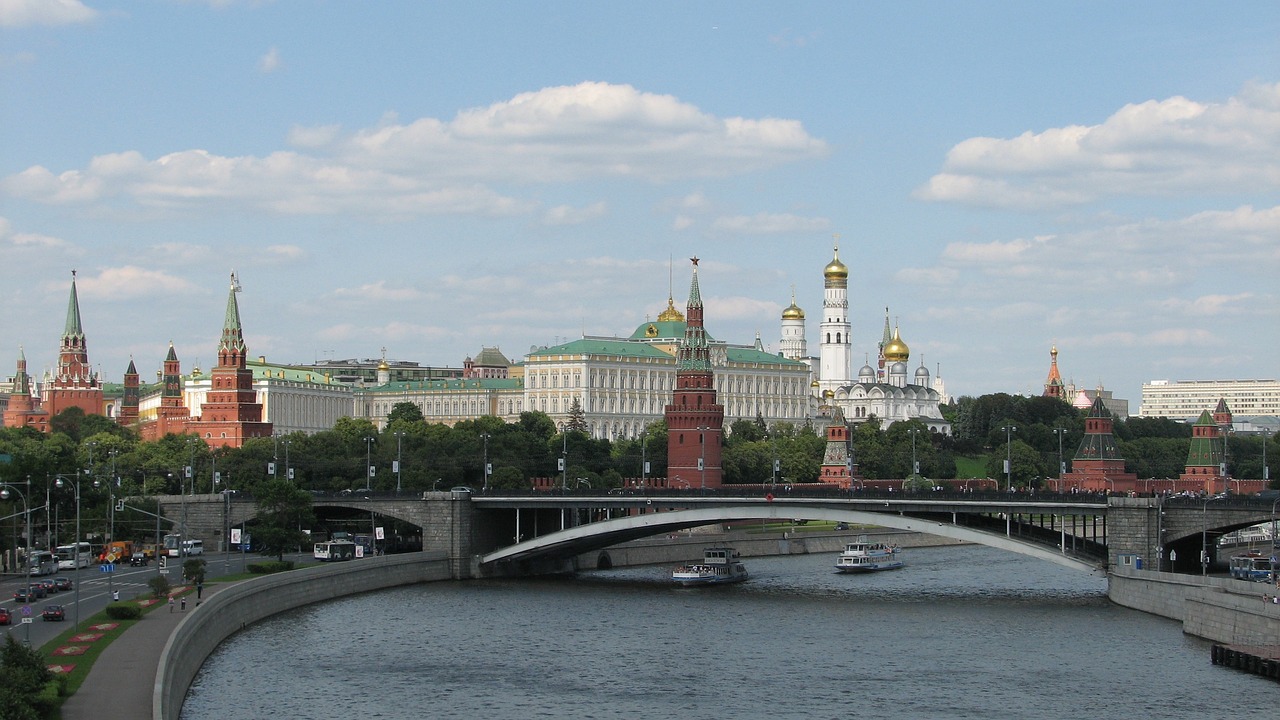Introduction to Madagascar’s Unique Charm Madagascar, an island nation off the southeastern coast of Africa, stands as a testament to nature’s wonders and cultural richness. The fourth largest island in the world, Madagascar is a destination that offers travelers an array of extraordinary experiences, from exploring unique ecosystems to immersing in a melting pot of cultural heritage.
Madagascar’s Biodiversity: A World Unto Its Own
- Endemic Wildlife: The island’s isolation for millions of years has led to the evolution of an ecosystem with over 90% of its wildlife being endemic. This includes more than 100 species of lemurs, numerous types of chameleons, and countless bird species.
- Protected Areas: Madagascar’s efforts in conservation have led to the establishment of numerous national parks and reserves, such as Ranomafana and Isalo, which are crucial for preserving its unique flora and fauna.
Lemurs: The Island’s Primate Ambassadors
- Diverse Species: From the tiny mouse lemur to the larger Indri, these primates are a symbol of Madagascar’s unique wildlife.
- Conservation Challenges: The threats faced by lemurs, including habitat destruction and climate change, have made conservation efforts more critical than ever.
Majestic Landscapes: From Baobabs to Tsingy Formations
- Avenue of the Baobabs: An extraordinary sight, these ancient trees create a landscape that feels almost surreal.
- The Limestone Labyrinth of Tsingy de Bemaraha: This UNESCO site offers an adventurous journey through its jagged, needle-like limestone formations.
The Melting Pot of Malagasy Culture
- Historical Influences: Madagascar’s history is a tapestry woven from Austronesian, Bantu, Arab, and European influences, each adding to the richness of its culture.
- Cultural Celebrations: Festivals like the Donia Music Festival in Nosy Be and the Alahamady Festival showcase the island’s musical and dance heritage.
- Craftsmanship and Artistry: The skills of Malagasy artisans are evident in their intricate wood carvings, hand-woven textiles, and traditional silverwork.
A Gastronomic Journey Through Madagascar
- Culinary Diversity: Madagascar’s cuisine is as diverse as its culture, with staples like rice, fresh seafood, and tropical fruits being central to its diet.
- Street Food Experience: Sampling street food, such as Mofo Anana (bread with greens) and Romazava (a traditional meat and greens stew), offers an authentic taste of local flavors.
Beach Bliss and Marine Adventures
- Nosy Be and Beyond: The island of Nosy Be is renowned for its scuba diving and snorkeling spots, revealing a vibrant underwater world.
- Untouched Beaches: The Masoala Peninsula and other remote areas provide serene beaches, ideal for relaxation and solitude.
Historical Insights: A Glimpse into Madagascar’s Past
- Colonial Legacy: The impact of French colonialism is evident in the architecture and urban planning of cities like Antananarivo.
- Ancient Kingdoms: The history of the Merina Kingdom and other ancient Malagasy kingdoms offers fascinating insights into the island’s past.
Travel Essentials and Tips
- Optimal Travel Seasons: Understanding Madagascar’s climate and planning a visit during the dry season is crucial for a comfortable journey.
- Language and Communication: While Malagasy and French are predominant, English is gradually becoming more common in tourist areas.
- Accommodation Options: Catering to various budgets, Madagascar offers a range of accommodations, from eco-lodges to luxury hotels.
- Responsible and Sustainable Travel: Emphasizing the importance of eco-friendly practices and respect for local customs and ecosystems.
Conclusion A journey to Madagascar is more than a vacation; it’s an exploration of a world unlike any other. Its unique blend of natural beauty, rich history, and vibrant culture makes it a destination that captivates and educates. Whether you’re seeking adventure, relaxation, or cultural immersion, Madagascar offers a myriad of experiences that leave lasting impressions and a deep appreciation for this extraordinary island



